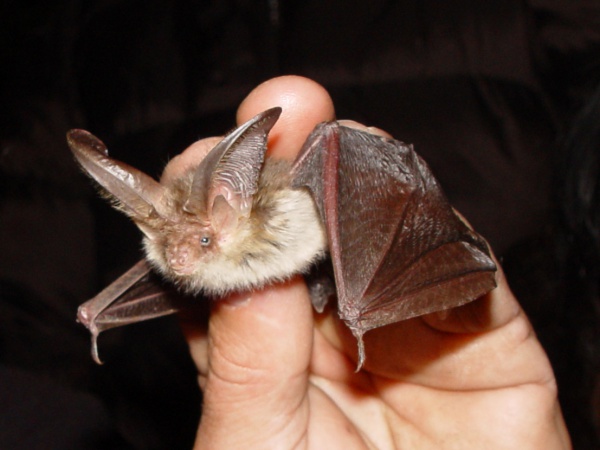Facts About Brown long-eared bat
The brown long-eared bat, also known as the common long-eared bat, is a small insectivorous species found across Eurasia. It bears close resemblance to the grey long-eared bat, which was only acknowledged as a distinct species in the 1960s. Adult brown long-eared bats are characterized by their prominent long ears and a body length of 4.5 to 4.8 cm, with their ears measuring 3.3 to 3.9 cm. Unlike their faster-flying bat relatives, these bats are relatively slower in flight.
These bats are prevalent across Europe, though they are absent in parts of Greece, southern Italy, and southern Spain. Their range extends as far east as the Urals and the Caucasus. They commonly roost in buildings, trees, bat boxes, and caves, and typically emerge from their roosts about an hour after sunset. Moths comprise the bulk of their diet, and they depend more on their large eyes and ears than echolocation to locate their prey.
While they do employ echolocation for hunting, with frequencies ranging from 27 to 56 kHz and peak energy at 35 kHz, brown long-eared bats have an exceptional ability to hunt using their acute hearing. This is particularly advantageous, as some moth species can detect echolocation calls and evade the bats. Research indicates that these bats can visually identify prey in complex environments, leveraging passive listening and visual cues to catch their food.

 Latvia
Latvia